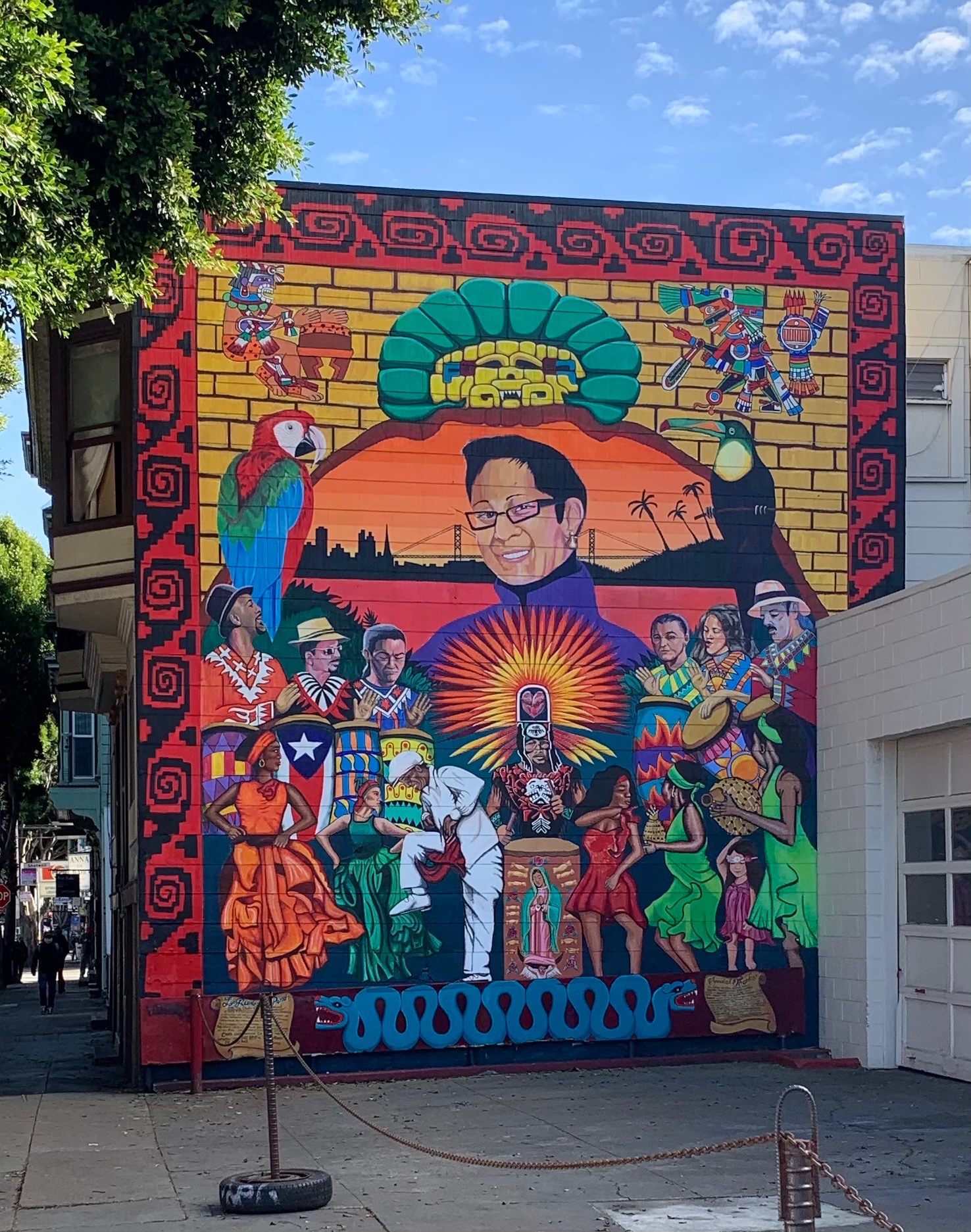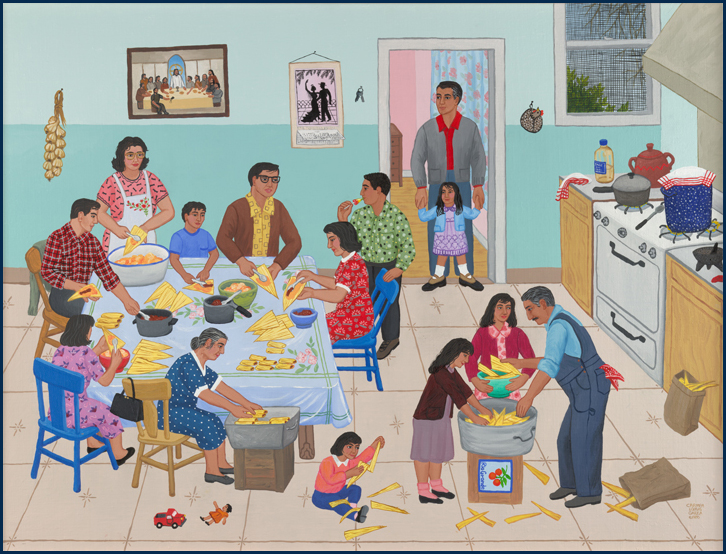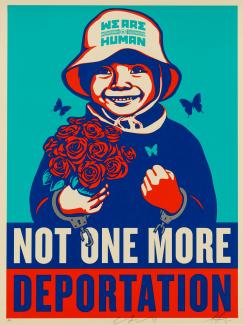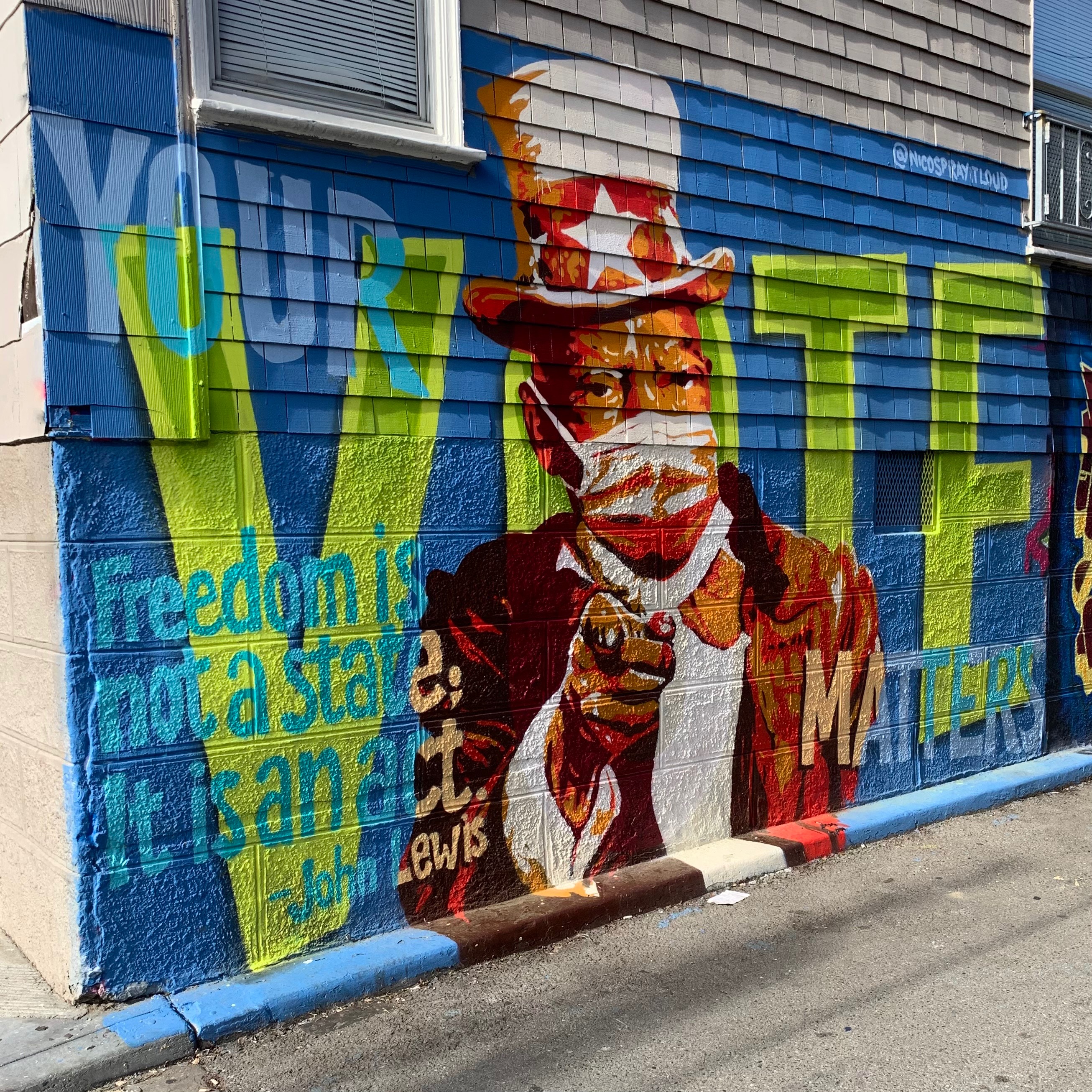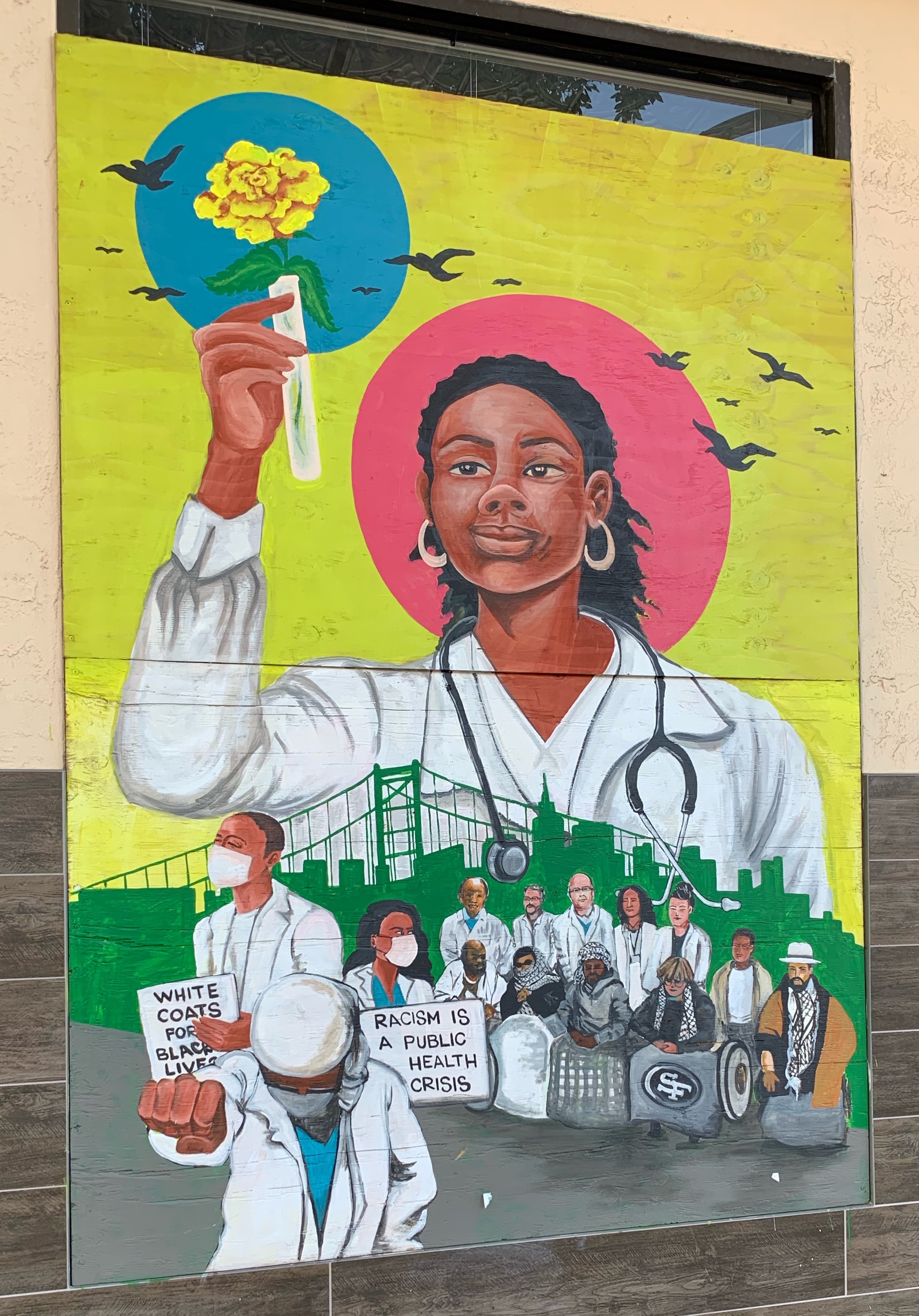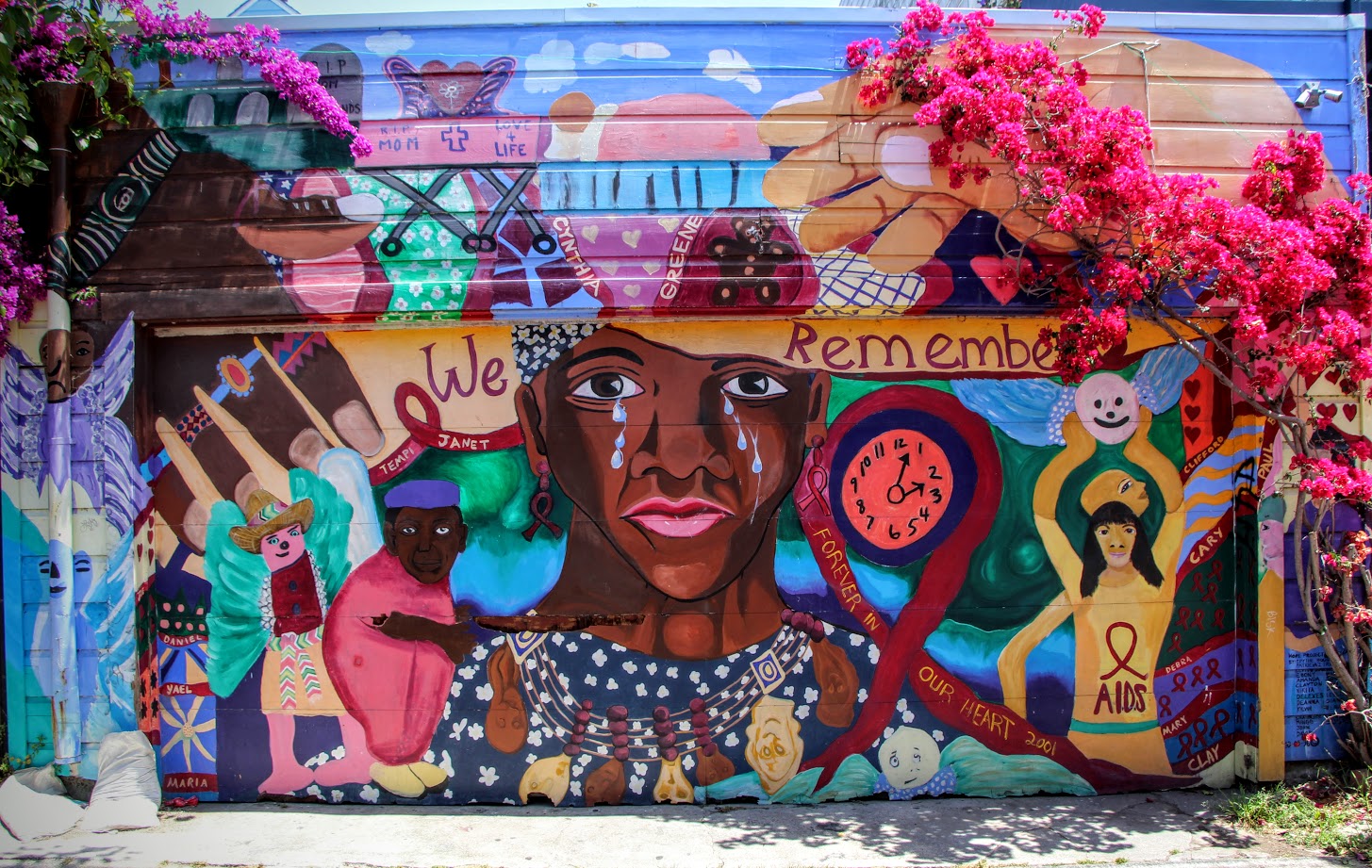
Boone, Edythe. Those We Love, We Remember, 1997.
“If we take a deep look at Chicano art we’ll see that there was support of anti-colonial projects that existed during the late 60s early 70s that existed on continents other than the Americas. Chicanos and Chicanas were very much in tune with what was happening beyond just their neighborhoods and beyond their ethnic group. Knowing that history and highlighting that history might remind us that we have this radical tradition and that we owe it to the people that came before us to not solely focus on our immediate experience, but to think more globally.”
- Katynka Martinez, Chicano Studies Professor at San Francisco State University, Videoconference interview, 2021.
